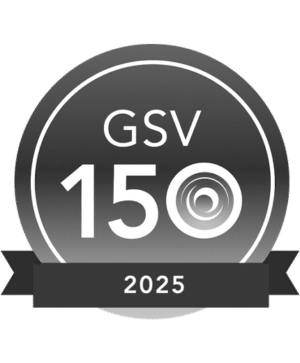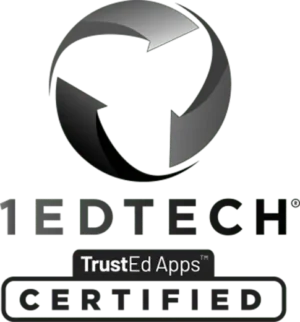
Welcome to SchoolStatus’ Coaching Roundup! Here, we share excerpts from some of our blogs and links to coaching resources.
Best Practices for All 3 Steps in the Coaching Cycle
Annie Forest walks through the stages of a successful coaching cycle and shares how clear goals and continuous reflection help power them:
“As instructional coaches, we’re often tasked with doing lots of things: planning with teams of teachers, leading committees, giving professional development, and so on. But one of our most important tasks is working with individual teachers during a coaching cycle. By co-planning, co-teaching, modeling lessons, and more, coaches can really help to develop teachers’ skills. . . . No matter the coaching model you follow, most present a coaching cycle as three parts: before, during, and after.”
Coaching Cycle: What Is It and How Do I Conduct One?
Gretchen Bridgers overviews what a coaching cycle is, what’s included, and how you can conduct your own:
“A coaching cycle puts a framework in place to ensure teachers are improving in the classroom so that students can too. . . . The term ‘coaching cycle’ refers to a continuous series of steps an instructional coach follows when working with teachers to improve their proficiency in the classroom. Instead of a linear set of steps, a coaching cycle is circular. This allows for a repetition of these steps so that the teacher gains the skills necessary to be successful on their own. . . Coaching cycles are the bread and butter of instructional coaching.”
Conducting a Coaching Cycle
Chrissy Beltran shares five ways a coach can create a collaborative coaching cycle with a teacher:
“Start with a good, solid teacher who’d like to learn a new thing or two. It helps if they have a positive influence over their grade level, too! . . . If you need to make changes, do it! Don’t stick to modeling for the duration of the cycle, and don’t stick to 50/50 co-teaching, either. Change the type and level of support to respond to the needs of the teacher and students.”
Surveys for Better Coaching Cycles
Amy Rudd uses teacher surveys to help identify goals and discover trends to help create more successful coaching cycles:
“After teachers and the coach begin to make connections and build common experiences together, the coach can then use surveys to foster a deeper relationship. Sending them out through SchoolStatus Connect, by email, or one of the many online form tools can be even more useful. Once a teacher completes a survey, the coach can begin to gather data to look for patterns and trends across multiple teachers or even buildings.”
Seven Qualities of an Instructional Coach
Amy MacCrindle and Jacquie Duginske identify the key attributes of coaches and why it’s important to remain student-focused when beginning your coaching initiatives:
“Everybody needs a coach. Coaching is commonly thought about in terms of sports, however, coaching in the education setting has the ability to inspire, impact change, support, push thinking, and be the cheerleader everyone needs. Sometimes, though, it is difficult for educators to recognize a personal need for a coach. It takes the right person with the right character traits to be able to support teachers and help them be successful.”
3 Reasons Why End-of-Year Coaching Cycles Are the Best
Explore Tonya Moody’s suggestions regarding coaching cycles at the end of the year—an opportune moment to promote instructional risk-taking:
“Most cycles, however, last 4-6 weeks, contain a student goal and learning targets, have learning (i.e. about students, best practices, the craft of coaching) as the heart, and are supported through co-teaching and planning to increase student achievement around set goals.
End-of-year may not seem like the perfect time to dig in and collaboratively learn together in coaching cycles, but it may be the best time to do the work.”
Stay Connected
News, articles, and tips for meeting your district’s goals—delivered to your inbox.






















